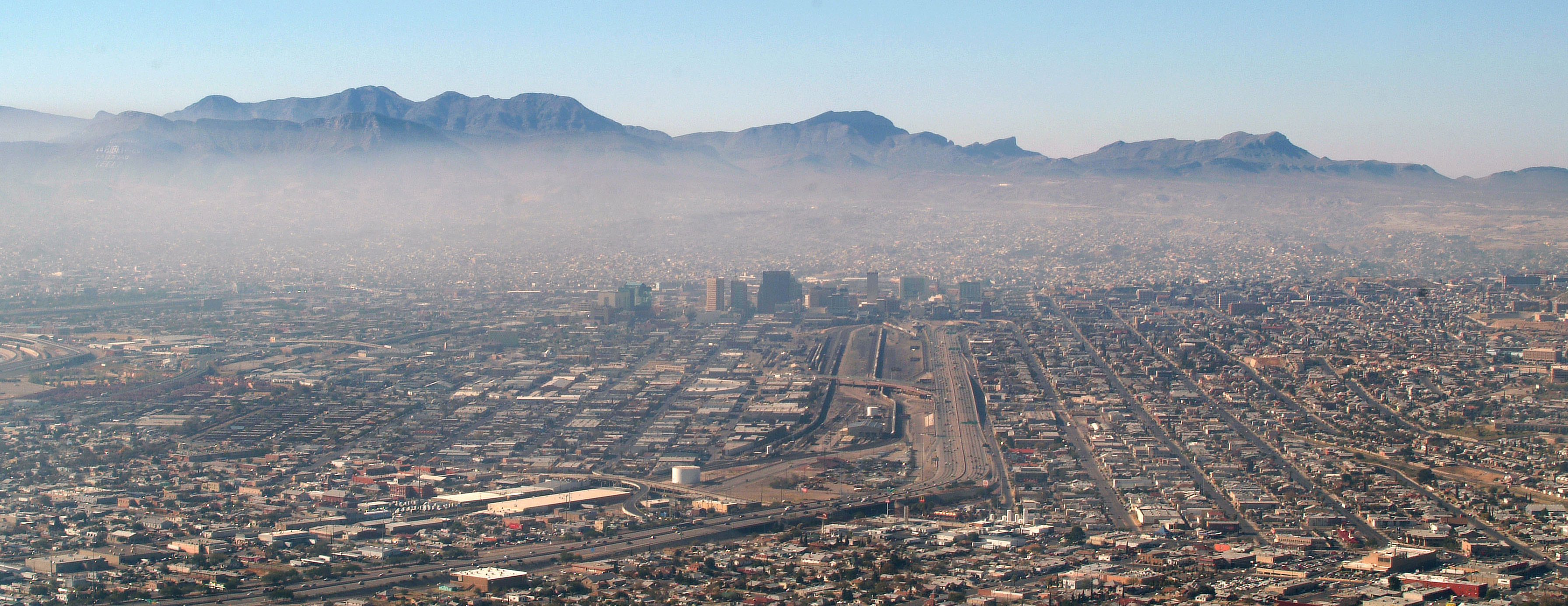
Time is money and traffic earns nothing but road rage, lost productivity and an increased gas bill. Dr. Mark Burris, the Herbert D. Kelleher Professor at Texas A&M University, seeks to save travelers time, money and frustration with his travel behavior research.
The more accurately researchers can predict future travel, the better they can plan and build the necessary infrastructure quickly and affordably. In doing so, Burris and his team at Texas A&M strive to reduce travelers’ time and frustration in traffic while also saving tax dollars.
“My focus is to improve our understanding of how cost impacts someone’s travel,” said Burris. “How it impacts the route they take, the mode they use, the time of day they choose and more.”
Traditionally, much of this information was based on surveys completed by travelers about past trips and potential future travel. More recently, the technological advances that monitor new travel choices like “high occupancy toll lanes” and “managed lanes” provide real data that reveals more detailed information about travel behavior. This kind of information is very useful in understanding how travelers regard their travel times, and how much they would be willing to pay to reduce those travel times.
The Harris County Toll Road Authority, Texas Department of Transportation, and Houston TranStar supplied data from the Katy Freeway in Houston that Burris and his team used for this research. The Katy Freeway includes four managed lanes, two in each direction, in the middle of the freeway.
During most of the day, carpools and buses can use these lanes for free, while single occupant vehicles have to pay a toll. The toll varies based on the time of the day and the correlating traffic congestion peaks. This freeway is one of only a few worldwide that had the ability to identify travelers in both the managed lanes and the regular lanes. Note the data were anonymized so it was impossible to know who used the roadway, just that a specific vehicle had used the roadway.
When analyzing the data collected from the Katy Freeway, Burris and his team found surprising results. About 11 percent of travelers were paying to use the managed lanes at times when the regular freeway lanes were traveling at the same speed or faster than the managed lanes – a behavior that no models ever predicted. Also based on these data, little evidence was found supporting the notion that travelers would be willing to pay for more reliable travel times in the managed lanes.
Farinoush Sharifi, a master’s student in transportation engineering, is studying this anomaly in her master’s thesis.
“To make it clear, many people believe that paying a toll to use a lane will bring them shorter travel time,” said Sharifi. “However, by looking into the Katy Managed Lanes study we have found that there are times users pay to travel on the toll lane but go slower than the toll-free lanes.”
Sharifi and Burris are working to understand the reasons for these uneconomical travel decisions using pattern recognition methods. Burris also found that the vast majority (84 percent) of freeway travelers with transponders only used the regular lanes, a small percentage of people (3 percent) only used the managed lanes and 13 percent utilized both. Thus, most travelers are not choosing between these lanes every day (as models assume), but rather have chosen the lanes they will travel well in advance and do not alter that choice regardless of travel conditions.
After collecting and analyzing this data, Burris and his team have begun exploring travel behavior in new and innovative ways. Partnering with a psychologist and a behavioral economist, Burris is now working to find ways to model travel behavior decisions in laboratory studies.
“This real-world data has led to some very surprising findings that put my research at the forefront of this field,” said Burris. “This improves our understanding of how travelers’ value different travel options and should dramatically change how we model travel behavior. Combined, this allows transportation agencies to better predict and prepare for future travel demand.”
These advances in understanding traveler behavior come at the same time great advances in automobile technology are occurring. Automated and connected vehicles will also greatly impact travel behavior.
Burris has teamed up with Texas A&M Hagler Institute for Advanced Study fellow Dr. Kumares Sinha and doctoral student Arezoo Samimi to examine some of these potential impacts. They are developing a traffic simulation model of El Paso to determine the travel time and emissions impacts of having connected vehicles in the traffic stream. These vehicles will have information on travel times to their destination and can help the traveler choose the best route – or reroute when an incident occurs.
In theory, this should reduce travel times and emissions. However, if too many vehicles reroute at once it could have negative overall impacts on travel. Their research will examine these potential impacts and strategies that combine data from connected vehicles and travel behavior to maximize potential benefits of connected vehicles.